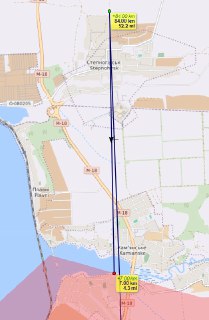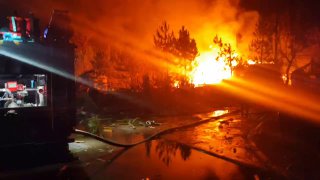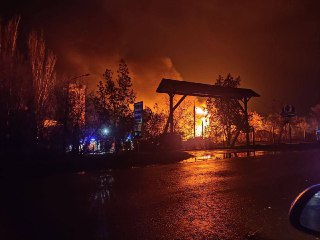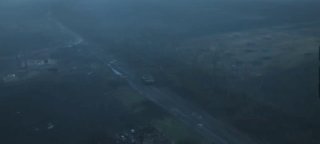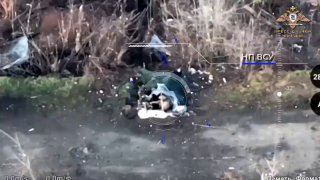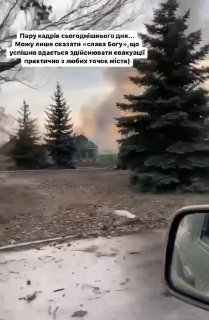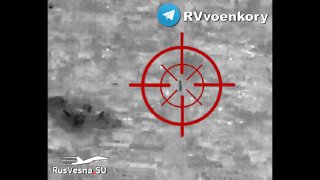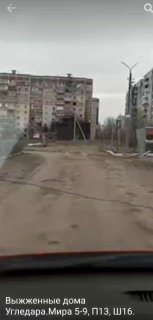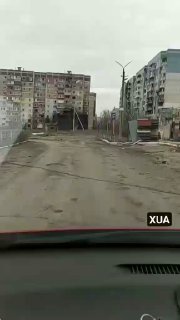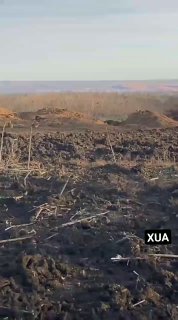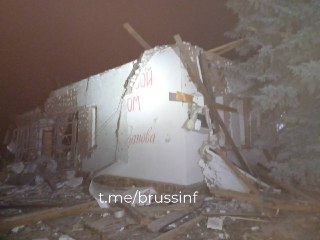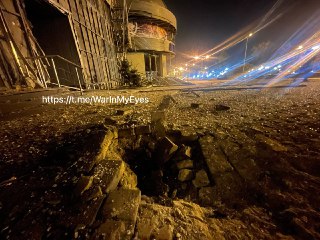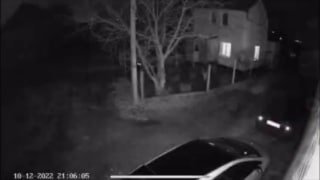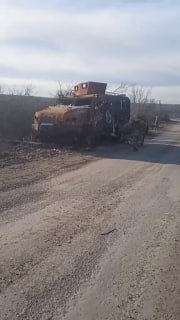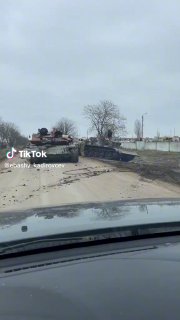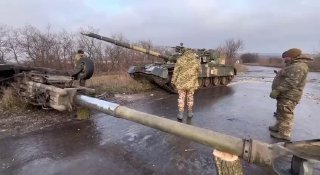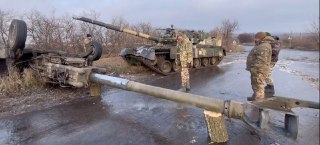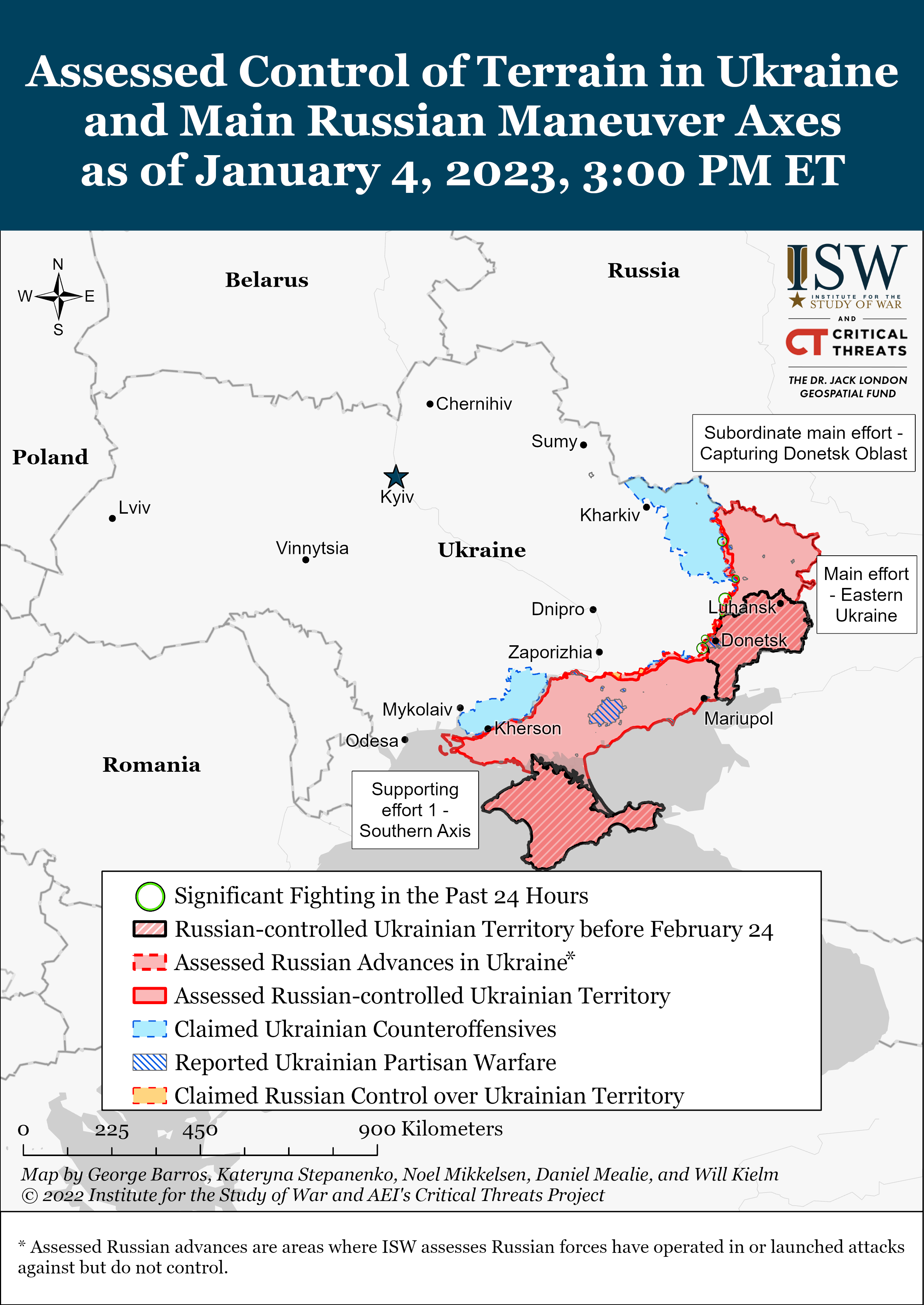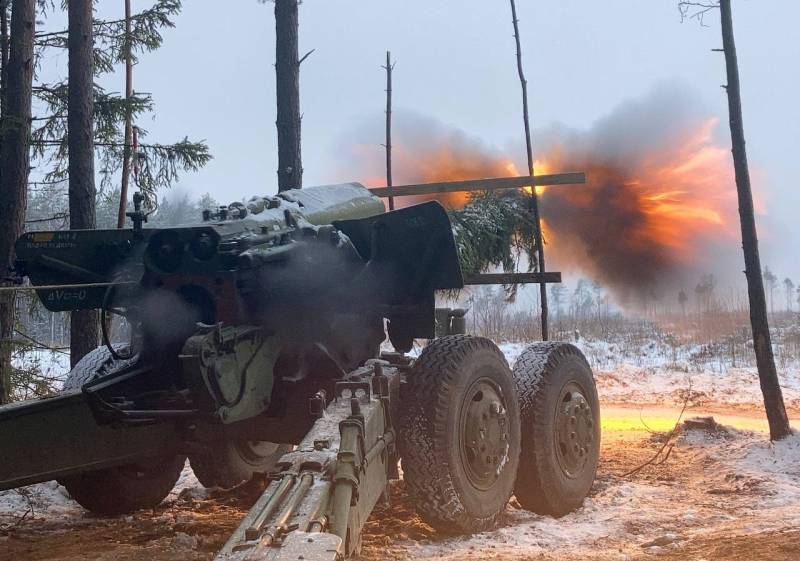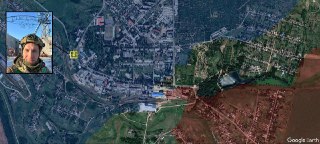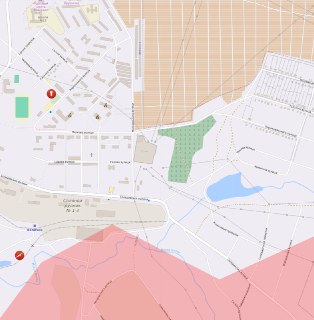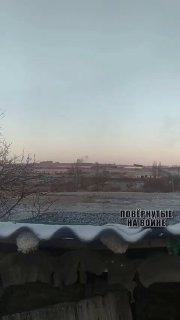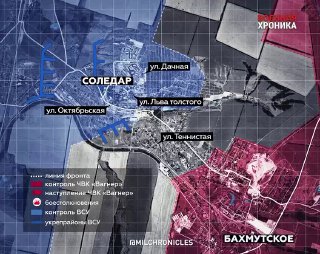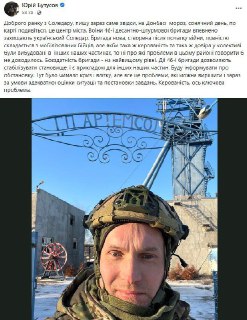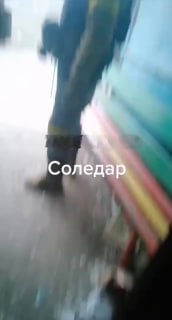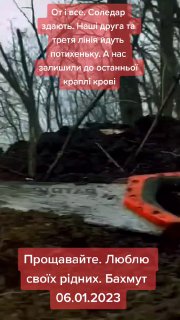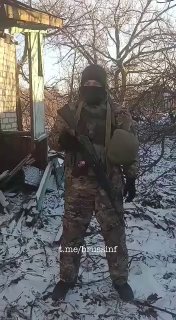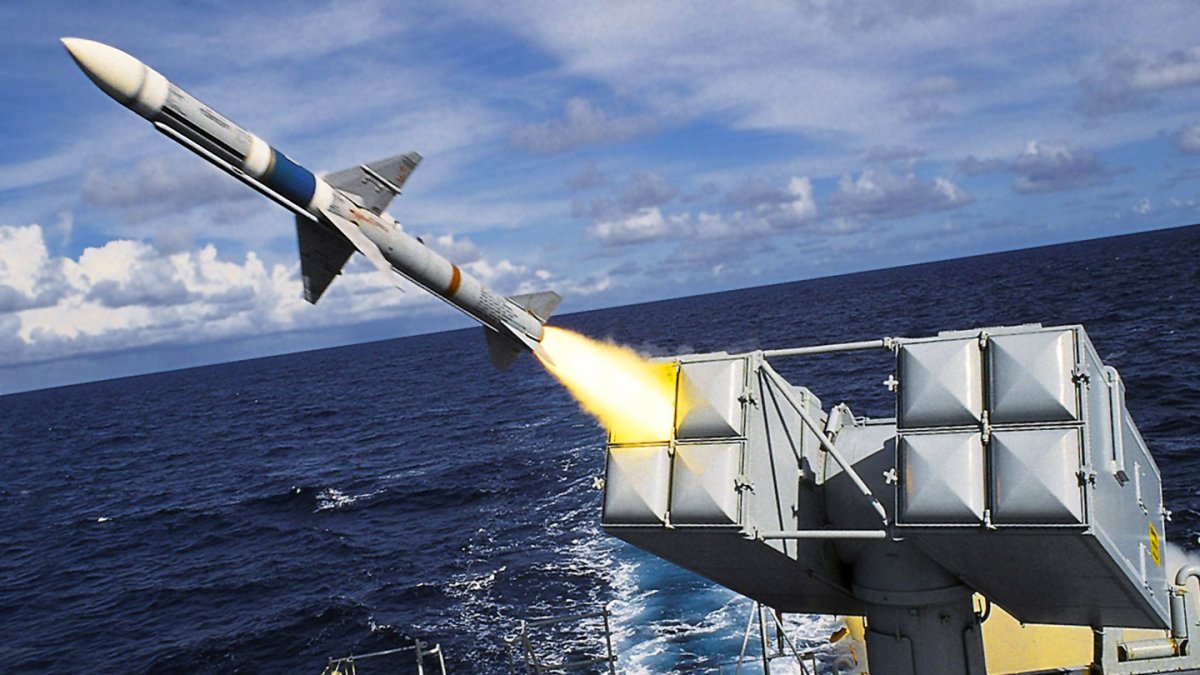Update. Dec. 9th-10th
Kherson-Nikolaev-Odessa.
Shahed-136 strikes in Odessa. Reportedly the targets were energy infrastructure.

vk.com

vk.com
A cafe in Kherson that allegedly served Russian soldiers is being vandalized and attacked as "collaborators".
Тема, которую я затронул на сегодняшнем стриме (запись будет выложена в ближайшее время) - амнистия на Украине для тех, кто сотрудничал с РФ. Как видите, по факту репрессиям и гонениям подвергаются не только работники администрации, учителя, которые учили по российским стандартам, не говоря уже...

t.me
Zaporozhye-Dnepropetrovsk.
Melitopol' got hit, allegedly a HIMARS strike. The person speaking appears to be a Ukrainian civilian. The target was a hotel, allegedly a Russian staging area.
18+!!! Просто пиздец из Мелитополя в результате прилёта HIMARS, о чём нам многократно напоминает оператор. Видео крайне жёсткое, предупреждаю. Ожоги вещь страшная...

t.me
Вероятнее всего, HIMARSировка Мелитополя, с учётом максимальной дальности ракет в 84 км, произошла из Степногорска. Город находится в 7 км от линии фронта, вне досягаемости миномётов, а время реакции российской артиллерии чрезмерно велико, чтобы "подловить" HIMARS. От возможных ДРГ ВС РФ...

t.me
Судя по всему, активизация ВСУ на участке Мелитополь-Бердянск началась.

t.me
Мелитополь, сообщают о HIMARSировке казармы ВС РФ. Официальной информации по погибшим и пострадавшим нет, а с учетом Приказа ФСБ "О военной цензуре", вероятно, и не будет.

t.me

vk.com
Russian volunteer unit Crimea, in Zaporozhye area, near the front line.

vk.com
The Oskol Front.
Russian forces attacking Novoselkovskoe, the village is disputed.
Новоселовское. В населённом пункте продолжается штурм. Сейчас заняты почти все улицы. Остались последняя и предпоследняя, на которых еще работает украинская техника. Ну, впрочем, противнику тут же прилетает "ответка" от 60-го ОМСБ "Ветераны". https://t.me/veterany_60omsb

t.me
LDNR Front.
DNR 3rd Bde dropping grenades on Ukrainian forces.
Бойцы 3-й гвардейской бригады 1-го АК кошмарят укров https://t.me/voenacher/35384

t.me
Combat action on the outskirts of Artemovsk/Bakhmut.
Бои на окраинах Артемовска. Видно, что идет обработка позиций ВСУ на окраинах города, куда постепенно смещаются бои (стрелковые бои на окраинах шли уже в ноябре). Тем не менее, пока не взято Опытное, полноценного штурма Артемовска можно не ждать - слишком затратно получится. Исходя из действий...

t.me
Ukrainian sniper team, and other soldiers, in a residential building, Artemovsk/Bakhmut.

vk.com
Ukrainian Chechen fighters in Artemovsk/Bakhmut.

vk.com
Russian artillery fires in Mar'inka.
‼️Точно в цель: удар армии России по спецгруппе ВСУ у Донецка Беспилотная разведка выявила передвижение подразделения ВСУ на фронте в районе Марьинки, по цели оперативно был нанесён удар реактивной артиллерией. На 53 секунде снаряд прилетает по группе украинских боевиков. t.me/RVvoenkor

t.me
Russian irregulars 6th Cossack Rgt, artillery work near Ugledar.

vk.com
Some footage from around Ugledar. Note the damage to the top floors in the 2nd/3rd links. It's possible that Ukrainian forces were using these as vantage points for either LP/OPs, or firing positions. We saw this during the fighting for Mariupol', and Ugledar is a great position over looking Russian forces in Pavlovka.

vk.com
Угледар, Донецкая область (под контролем ВСУ). Выжженные дома и опустевший шахтерский город - как итоги Z-операции.

t.me
Видео ВСУ из Угледара. Видны характерные подпалины на верхних этажах многоэтажек, которые используются как позиции для корректировщиков, наблюдателей, расчетов ПТРК и снайперов, по которым периодически прилетает со стороны Павловки и Никольского. Впрочем, здания после таких прилетов остаются...

t.me
Some footage of Ukrainian forces around Soledar. Note the upgraded M-240.
Украинский военный запечатлел кадры ситуации в Соледаре. видео: @XU_kraine

t.me
Stakhanov, LNR area, the Zhdanov hotel allegedly housing Wagner fighters got hit. No word on casualty figures.
⚡️Первые фото из разрушенной гостиницы «Гостевой дом Жданова в Стаханове. Удар нанесен из РСЗО HIMARS. В здании находились бойцы ЧВК «Вагнер». @brussinf

t.me

vk.com
Shelling of Donetsk continues. Apparently the third day in a row of Grads being used against the center of a major urban area.
Прилёт РСЗО «Град» в район Донецкого планетария в Ворошиловском районе Донецка.

t.me
Прилёт РСЗО «Град» по Ворошиловском району Донецка 15 минут назад, 2 прилёта в районе Южного Автовокзала.

t.me

vk.com
Russian truck column moving through Mariupol', towards Volnovakha and Ugledar, likely supplies for the front line. Notable is that this street looks far less destroyed then much other footage from Mariupol'.
Russia.
Russian air defenses firing near Simferopol'. Possibly a Ukrainian UAV.
Кадры работы ПВО в районе Симферополя. Скорее всего какой-то дрон был.

t.me
A combination of mobilized and volunteer personnel from Maykop heading to Ukraine.

vk.com
Russian troop trains, the 1st is allegedly the 4th Guard Tanks, 12th Tank Rgt, but they're T-72BAs, and I think the 4th Guards has T-80UDs. Of course they took losses they could be re-armed with T-72BAs. The 2nd is a troop train full of trucks. 3rd is a troop train in Samara with T-80BVs, 2S5s, BTR-80s, and T-72Bs.
Russian T-72B3 column in Bryansk region, not far from Belarus.
Misc.
A Russian Su-25 making an emergency landing. Location, context, and date unclear.

vk.com
A destroyed Ukrainian Varta armored car, location and context unclear.
Уничтоженная украинская бронемашина СБА «Варта» где-то в зоне проведения СВО. видео: @ChDambiev

t.me
A destroyed T-64BV, allegedly Ukrainian. Location and context unclear.
Уничтоженный танк Т-64БВ ВСУ.

t.me
A Ukrainian M-777 damaged while towing. Likely a vehicular accident.
Вот что значит на летней резине ездить

t.me
Гаубица М777 ВСУ, пострадавшая в результате ДТП https://lostarmour.info/svo

t.me

vk.com
Some footage from Russian BARS-8. BARS was initially designed to provide reservist replacements to other units but were converted into separate btlns and sent to the front. Iirc BARS-8 was in action near Krasniy Liman, unclear where they are now.
Видео о боевых буднях добровольцев из БАРС-8.

colonelcassad.livejournal.com
Belarus.
A Russian troops train at the rail station in Baranovichi.
Enjoy the videos and music you love, upload original content, and share it all with friends, family, and the world on YouTube.

www.youtube.com
NATO/EU.
Ukraine will allegedly be getting two batteries of the Oerlikon Skynex AAA.

vk.com
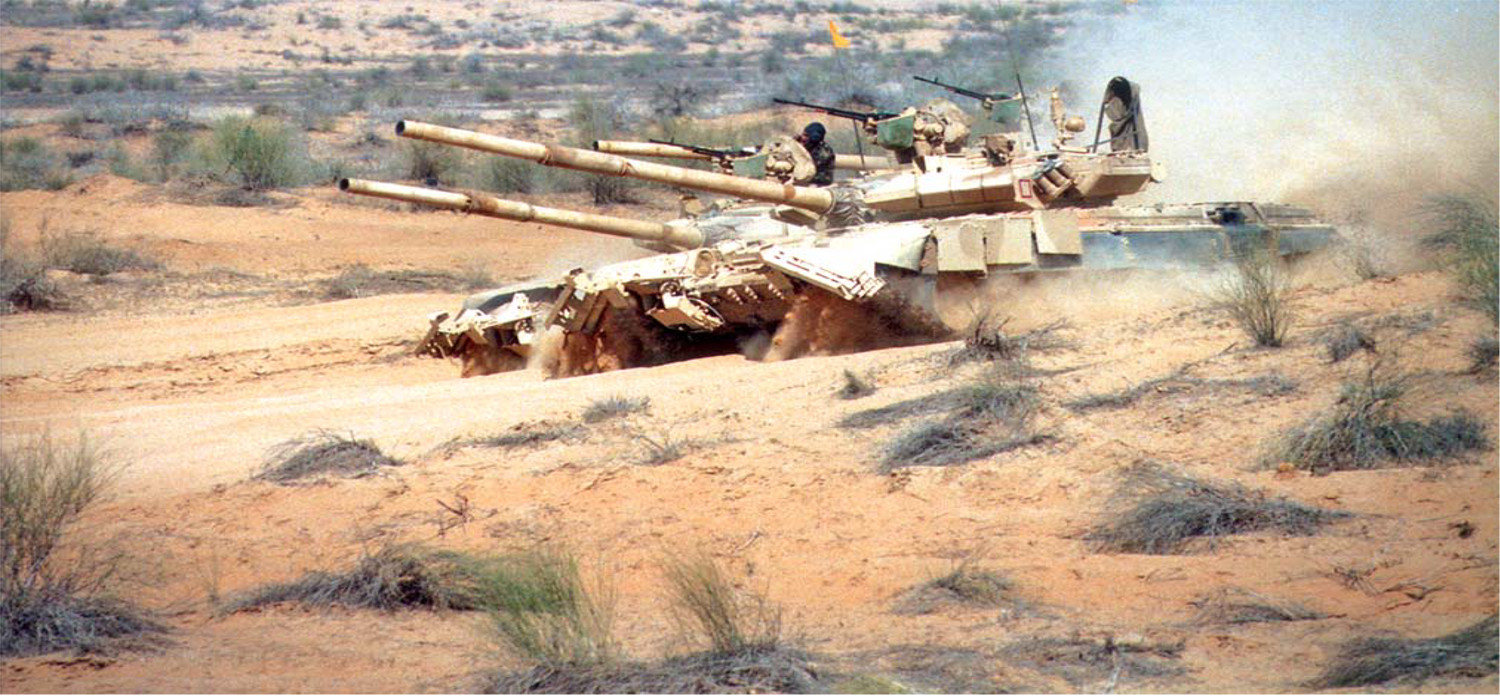
frontierindia.com



